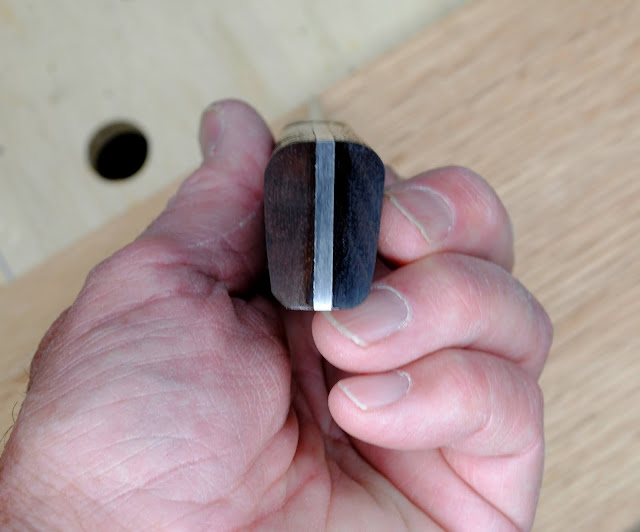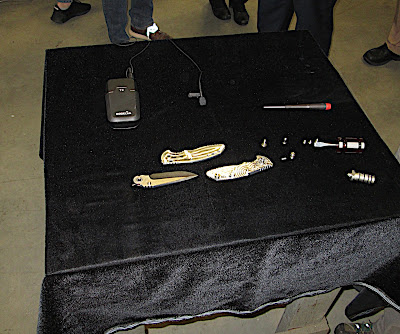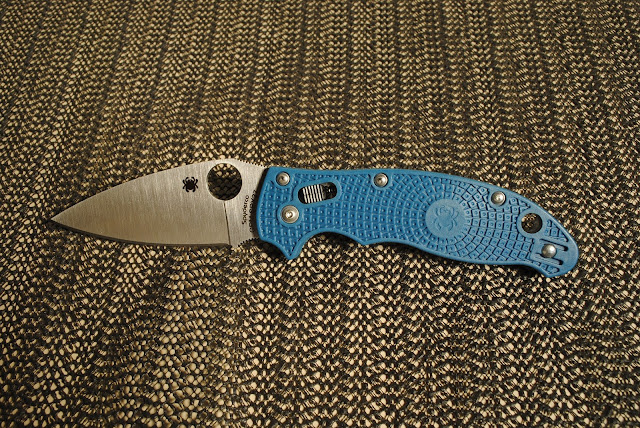I like an underdog and recently I have been admiring Puukkos. So when I got a chance to get a Condor Indigenous Puukko, I said yes.
 |
| The Indigenous Puukko |
Who is the Condor Tool and Knife?
They are an El Salvador knife
company that was started in Santa Ana under the name IMACASA® in 1964, by the
German Company GEBR WEYESBERG COMPANY. Santa
Ana is the second largest city in population and importance in El Salvador and
a major contributor to El Salvador prosperity.
In the 1980’s IMACASA’s Central
American operations were sold to local investors who creating a reputation as
machete and shovel makers. They grew to become one of the world’s largest
producers and successfully compete on the world market .
In 2004, IMACASA® developed a
first quality line of tools and knives for the North American and European
outdoor markets. CONDOR TOOL & KNIFE® was born.
When the Indigenous Puukko arrived,
I was amazed with its good looks. Even my
knife-jaded wife thought it looked good.
The designer Joe Flowers is deeply in to all things outdoors and brings
his taste, experience and style to a working knife.
The 3.3-inch blade is 1095 carbon
steel and hardened to Rockwell C scale 50-55.
That seems soft to many people, but in a survival and backwoods knife,
the ease of resharpening and flexibility is priceless. Noted knife maker Ernest Emerson has been
quoted to say that a bent knife blade is still a knife, but a broken blade is
junk. I don’t expect to raft down the
Amazon or have to make camp in the Utah mountains, but I do enough cutting to recognize
the truth in that statement.
 |
| Don't judge a book by its cover..... |
The Puukko’s edge is a scandi
grind at a 25-degree edge-to-edge angle.
In my way of thinking, that’s a 12.5 degrees on a stone. It’s a good all-purpose angle for cutting,
cooking and resharpening.
The full tang knife has a 4-inch
handle of walnut with a little carving at the butt end, a large lanyard hole
and a band of woven brass cord at the other end.
 |
| Felt good in the hand... |
I really like the knife, even if it’s not very sharp out the box. I have often needed to touch up an edge on a fixed blade knife. They are all hand ground; nobody has a machine that does as good of a job as a good sharpener. Everybody has an off day.
The cross-section of the handle is
a little asymmetric. I thought the slightly
“D” shape grip on the palm side of the handle filled my palm better. The larger, heavier handle shift the balance
point back into my palm, and I like that a lot in a working knife. I think it makes the blade lively and easy to
move.
 |
| The right side seems a little different in profile. However, my adventures in knife handle shaping see these results too. So I'm not too unhappy |
It was the sheath that made the
difference. The brown leather sheath is
sewn around a wood block to provide both form and protection from the blade slicing
through the leather and injuring you. I
couldn’t get the knife in. The spacing
was too tight. I’ve learned my lesson
about forcing sharp edged tools into sheaths.
It’s a good way to end up getting stiches.
 |
| Everything looks good until it's time to put the knife away |
Would the leather stretch? Perhaps.
But right now, I needed to grab the sheath in one hand and pull like a
crazy on the handle. Returning the knife
is the opposite, grab the sheath and jam the knife in. I’m not doing that. There are plenty of quality knives that don’t
offer the promise of finger amputation.
Monday the knife goes back. Too bad.
It is an attractive knife and I would have enjoyed using it. I’ll enjoy having all my fingers more.
But if you’re willing to purchase
one (https://www.condortk.com/products/product/62713)
and take a chance on stretching
the leather sheath or moving to a kydex custom, one last observation:
Most manufactures list their
suggested retail price, and for Condor that’s $79.98. They also list the minimum advertised price a
vendor can advertise their knife for.
This number is usually kept secret between the wholesaler and
vendor. Condor advertises it as $67.98.
That’s a little wacky.






































